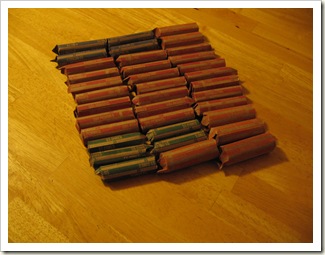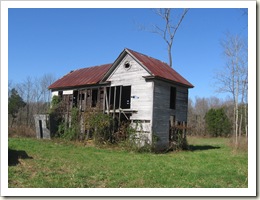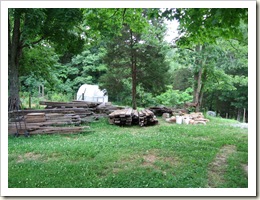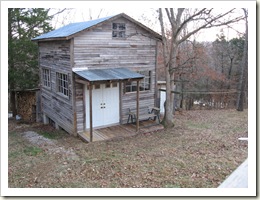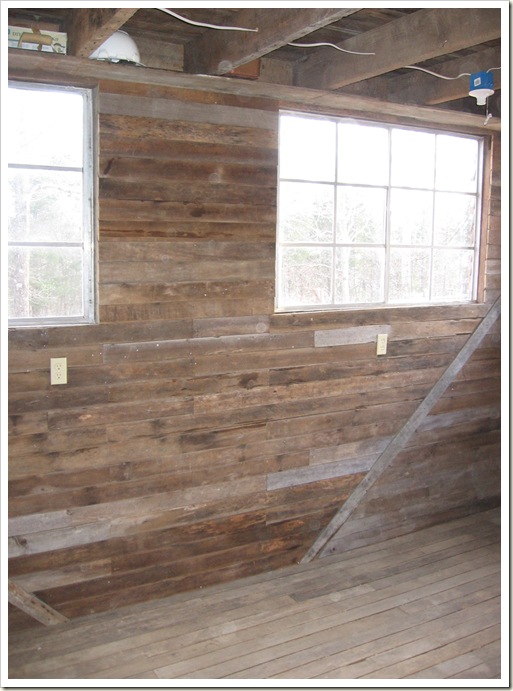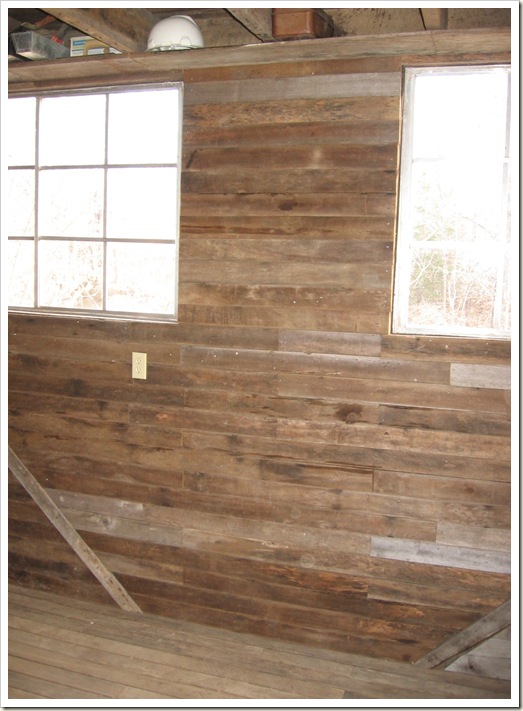“We’ll Leave The Light On For You”
>> Monday, January 31, 2011
I suspect we have all heard Tom Bodett, the spokesperson for Motel 6, repeat that phrase numerous times in the past 20+ years. I wasn’t aware that my goats had ever heard that slogan but it seems they have taken it to heart. Numerous time over the past several months I have gone to the barn to do my chores to find that the goats have “left the light on for me.”
When I wired the barn I only put in 4 light fixtures. One light is right over the milking stand and I have it wired to a switch right inside the main entrance door. The other 3 lights are operated by pull-chain. One is in front of the hay feeder, one in the hay loft and the 3rd, which gets used infrequently, is in the main area that the goats have access to. It is this 3rd light that I find turned on for me.

I know this picture is dark but you can see the light fixture and the bulb. It is secured near the ceiling, which is quite low being only about 6 feet or so. Below is how it looks when the goats have thoughtfully turned it on for me.
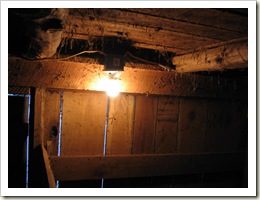
It is hard to see but the pull-chain is only about 3 inches long and is to the immediate left of the bulb. As far as I can figure the goats, or most likely THE goat, doing this gets the chain in her mouth and pulls it. I have yet to catch one in the act but I have it pretty well narrowed down as to the guilty party. Due to one goat being rough on the other I have been separating them at night. The temporary pen is right under this light. So, when I went out a few mornings ago and discovered that the light had been turned on once more I knew that the one in the pen had to be the guilty one. And that was Zoe!


